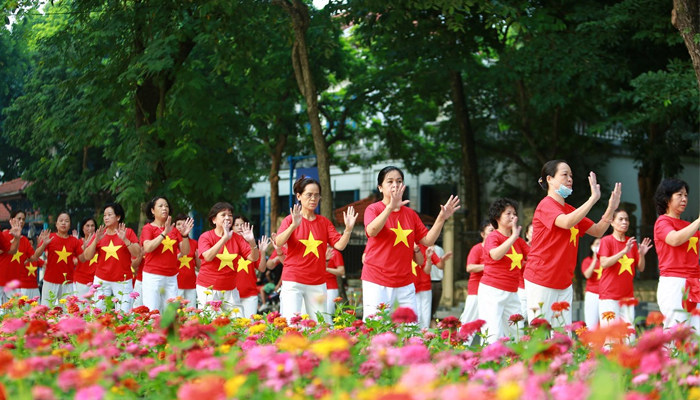As the internet continues to connect people across borders, it’s becoming increasingly important for companies to offer localized versions of their products and services to cater to the needs and preferences of users in different regions. In this article, we’ll explore the importance of localization for Vietnamese users and share some tips and best practices to help you successfully adapt your products and services to meet their needs.
Why Localize for Vietnamese Users?
Vietnam is a rapidly developing country with a young, tech-savvy population that’s increasingly using the internet to connect, learn, and shop. As of 2021, there were over 70 million internet users in Vietnam, with the number expected to grow to 75.7 million by 2025. With such a large and growing user base, it’s essential for companies to offer localized versions of their products and services to effectively engage with and serve Vietnamese users.

Localization Tips and Best Practices
Here are some tips and best practices to help you successfully localize your products and services for Vietnamese users:
- Translate your content accurately: Vietnamese is a tonal language, meaning the meaning of words can change depending on the tone used. It’s important to work with professional translators who are native speakers and understand the nuances of the language to ensure accurate translations.
- Use appropriate images and colors: Images and colors can have different meanings in different cultures. It’s important to use images and colors that resonate with Vietnamese users and reflect their culture and values.
- Optimize for mobile devices: Vietnam has a high mobile penetration rate, with over 70% of internet users accessing the internet via mobile devices. Make sure your website and other digital products are optimized for mobile devices and have a mobile-friendly interface.
- Customize your offerings: Vietnamese users may have unique preferences and needs that differ from users in other regions. It’s important to customize your offerings to cater to their needs and preferences, such as offering local payment options or providing customer support in Vietnamese.
- Consider cultural sensitivities: Vietnam has a unique culture and set of values that may differ from those in other regions. It’s important to be aware of and respect these cultural sensitivities when developing your localized products and services.

Localizing your products and services for Vietnamese users can be a key factor in successfully engaging with and serving this growing user base. By following these tips and best practices, you can ensure that your localized content into Vietnamese accurately reflect the needs and preferences of Vietnamese users, helping you build a strong and loyal customer base in this rapidly developing market.



